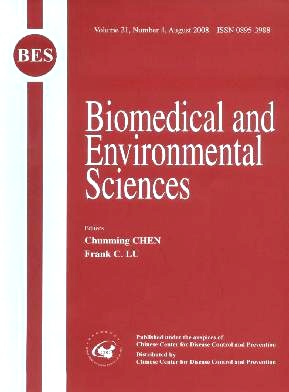An Overview of Type E Botulism in China
-
Key words:
- Clostridium botulinum /
- Botulism /
- Geographical distribution
Abstract: The geographical distribution of C. botulinum type E and its associated disease, type E botulism in China, is different from that in other areas of the world. Cases of type E botulism generally arise in costal regions. In China, however, type E botulism is found primarily in the Qinghai-Tibet plateau of northwest China far from the ocean, at an altitude of approximately 4-5 kin. The foods most commonly associated with the disease are fermented grain and beans as well as raw meat. A suspected outbreak of type E botulism poisoning in the central costal region of China in the 1990s prompted the collection and analysis of samples of mud, sand, and fish from the region. The toxin produced by type E botulinum was found in these samples. Surprisingly, though, upon further analysis, the strain isolated from the samples was identified not as type E C. botulinum, but as the neurotoxigenic bacterium Clostridium butyricum.
| Citation: | SI-WU FU, CHEN-HUAI WANG. An Overview of Type E Botulism in China[J]. Biomedical and Environmental Sciences, 2008, 21(4): 353-356. |







 Quick Links
Quick Links
 DownLoad:
DownLoad: